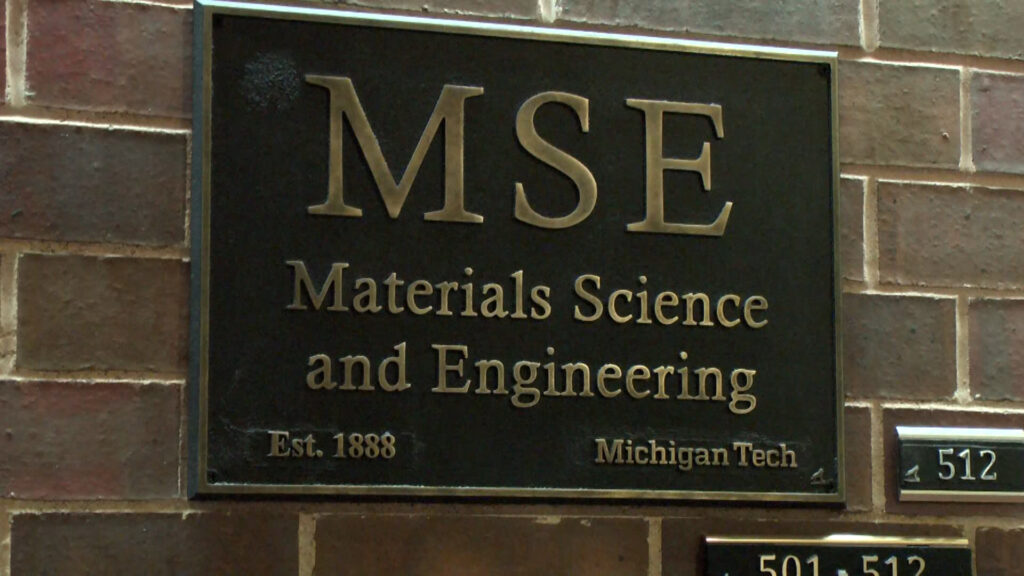Michigan Tech Research Team Develops a New Type of Solid Oxide Fuel Cell

Researchers at Michigan tech University have developed a more efficient way to transfer oxygen ions than traditional solid oxide fuel cells. Materials Science and Engineering professor Dr. Yun Hang Hu and two doctoral students, began looking into developing a more efficient way to transfer the ions at a lower temperature. The team was able to increase the ion transfer efficiency through directly using hydrocarbon fuel, developing a new type of fuel cell all together.
“Solid Oxide Fuel Cells are normally used in the ion transfer with the bulk of material. In the Carbonate Superstructure Solid Fuel Cell, it uses an different interface for the oxygen transfer. But with the solid oxide fuel cell, you have to use a higher temperature.” – Dr. Yun Hang Hu, Charles and Carroll MacArthur Professorship in Materials Science and Engineering, Michigan Tech University
The new type of fuel cell, Carbonate Superstructure solid fuel cells, has an efficiency rate of nearly 60 percent. Which is close to double the efficiency of traditional internal combustion engines. And Dr. Hang Hu says there are plenty of commercial application for this type of fuel cell. But first his team wants to scale up their research, and look into some of the more practical applications.
“Right now we are very small. And we would like to scale up to look at practical applications. The second one we want to look at developing a different type of superstructure material. And we would like to test and see if with a few changes, what is different. And look at how we can increase the efficiency further.” – Dr. Yun Hang Hu, Charles and Carroll MacArthur Professorship in Materials Science and Engineering, Michigan Tech University
Part of the teams continuing research with Carbonate Superstructure Solid Fuel cells, will look to optimize the ion transfer efficiency. Find more information about Dr Yun Hang Hu and his team’s research into developing solid oxide fuel cells here.
Or check out the research team’s website here.
